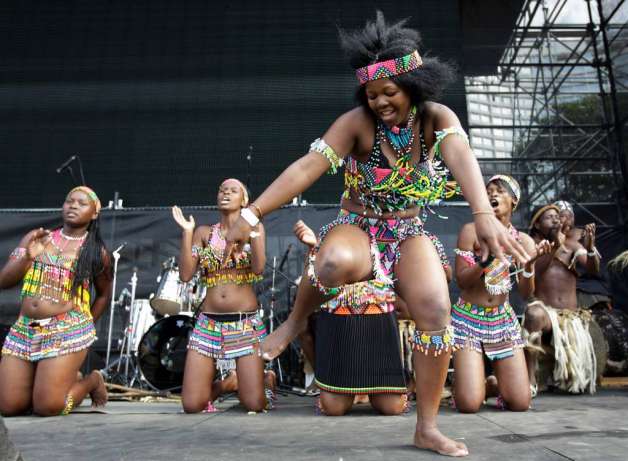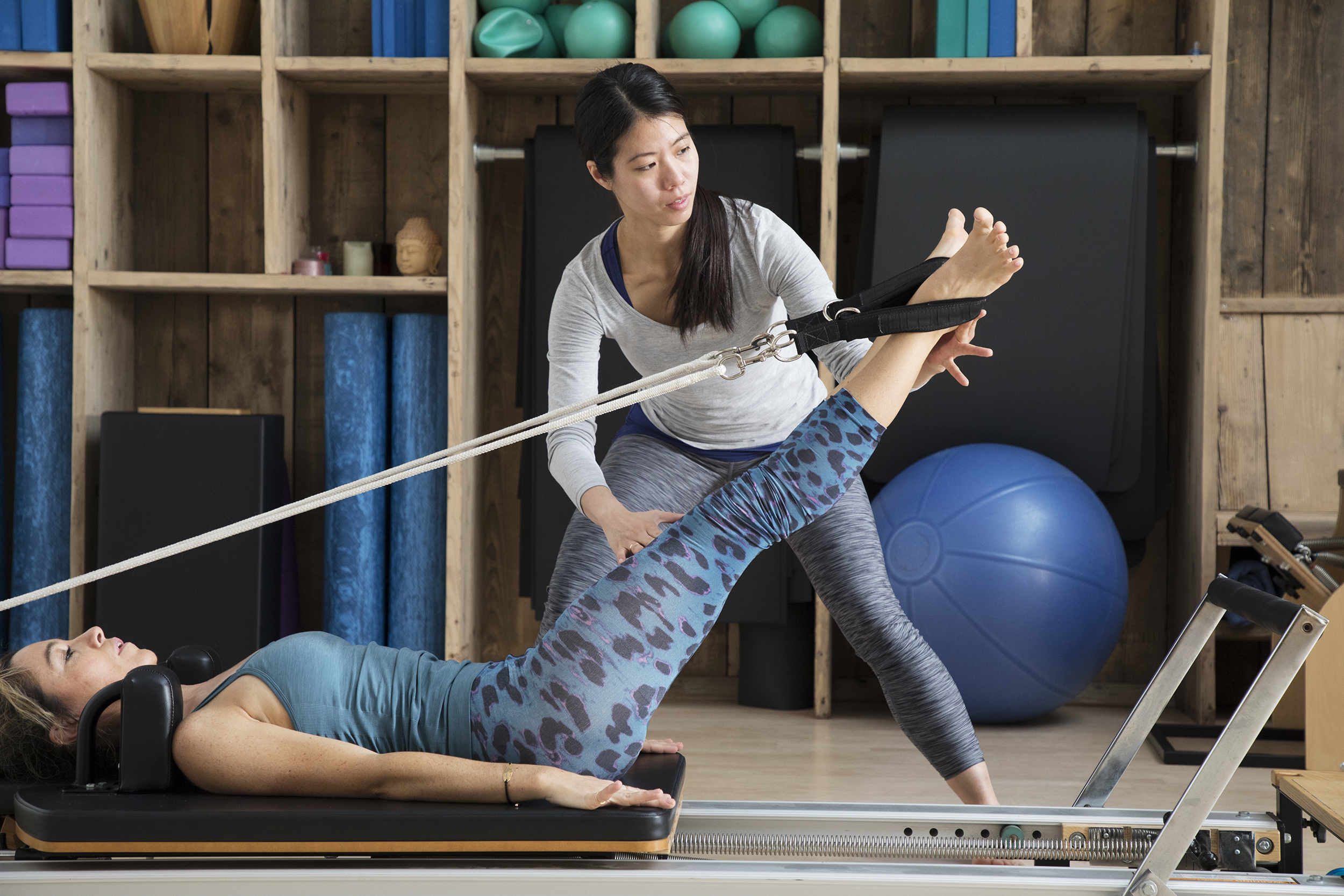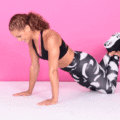
Dance is a performing art form consisting of purposefully selected sequences of human movement. This movement has aesthetic and symbolic value, and is acknowledged as dance by performers and observers within a particular culture. There are many forms of dance, from ballroom to barn dancing and disco to Morris dancing. Dance has always been a part of human culture, rituals and celebrations.
In Africa, dances teach social patterns and values and help people work, mature, praise or criticize members of the community while celebrating festivals and funerals, competing, reciting history, proverbs, and poetry; and to encounter gods. African dances are largely participatory, with spectators being part of the performance.
Today, most dancing is about recreation and self-expression, although it can also be done as a competitive activity. Dancing is an enjoyable way to be more physically active and stay fit. However, one of the disadvantages of being a dancer is that training is intense, requiring long hours that demand both physical and mental stamina. There is always the risk of injury and, in some cases, those injuries can end a career. Even without significant injury, dancing can take a tremendous toll on the body.
Health Benefits Of Pilates For Dancers
Pilates is a form of low-impact exercise that aims to strengthen muscles while improving postural alignment and flexibility. Pilates moves tend to target the core, although the exercises work other areas of your body as well. You can do Pilates with or without equipment (more on that below), but no matter what, expect the moves to involve slow, precise movements and breath control.
A 2016 study found that eight weeks of Pilates classes improved abdominal endurance, flexibility, and balance. Plus, Pilates has seen a resurgence in popularity, with franchises such as Club Pilates popping up around the globe.
Pilates Can Help Dancers Increase Flexibility. Having a good range of motion aids in making a dancer’s work appear more seamless and it can also help increase a dancer’s turn out. Flexibility also reduces the risk of injuries and soreness. Not only does flexibility elongate your lines and enrich the look of your dancing, tightness can actually be bad for your body. In Pilates, you work toward a safe increase in length and stretch of the muscles and range of motion within the joints. You won’t find quite as much “pretzel logic” in Pilates (as you might in yoga), but having a body that can stretch and bend to meet the flow of life is a realistic goal.
Pilates Can Help Dancers Develops Core Strength. Physically, the core is the center of the body and because of this, it can act to control movement in the rest of the body. Every dance technique using the arms, legs, or spine, requires the type of “controlled freedom” that a strong core provides. Most dancers know that their cores give them stability. A nice side benefit is that core training promotes flat abs. Pilates can help you learn how to pull your abs in to get the most out of the exercises.
Pilates Can Help Dancers Improves Posture and Energy. Dance posture requires more aesthetic energy and presence than relaxed standing, and so generally involves more muscle activation. The body dynamically changes its position in multiple planes. Pilates gets the breath and circulation moving, stimulates the spine and muscles, and floods the body with the good feelings one gets from exercising the whole body.
SEE: Top Paying Public Health Jobs in South Africa






